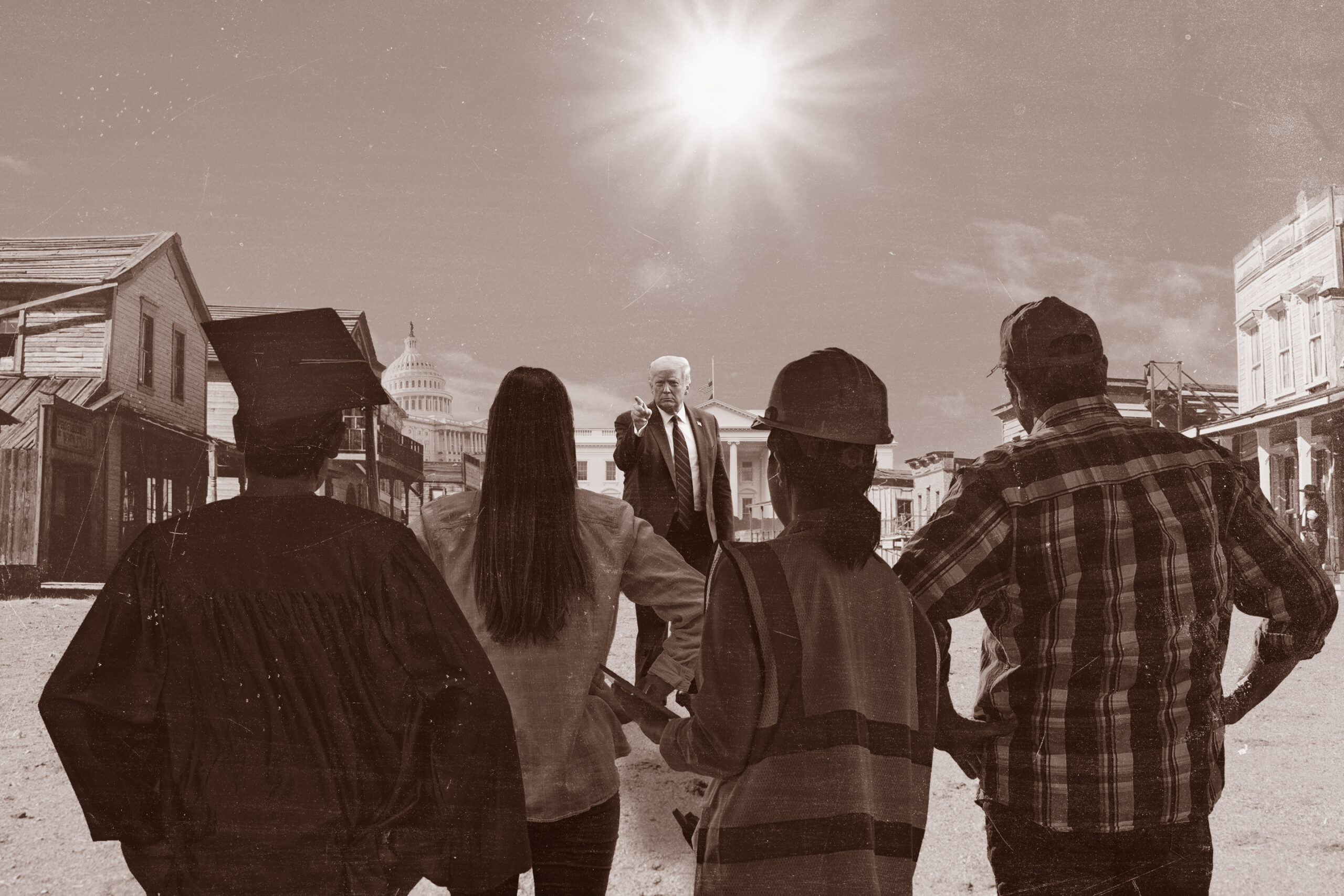Every week since Inauguration Day there’s been some “high noon” reckoning that shines a spotlight on people who must decide whether to acquiesce or to make a difference. It may be a powerhouse law firm caving to the president’s demands for free legal services, or the refusal of a lowly civil servant to turn over the personnel files of citizens to DOGE. In High Noon in America, Capital & Main looks at the individuals and institutions that succeeded or failed to stand up against intimidation.
Since Donald Trump retook the White House, there’s been no such thing as a slow news day. Just when the apple cart of political civility is patched up from his last Truth Social monologue, Sean Hannity interview or executive order, out come new demands or malarial musings that send Democrats running to the microphones and CNN to summon back its on-call panels of experts and pundits. Even so, his newest obsession seemed to out-Trump Trump.
The president’s May 4 call to reactivate the federal penitentiary on Alcatraz Island promised that the Big House in the middle of San Francisco Bay “will serve as a symbol of Law, Order, and JUSTICE. We will, MAKE AMERICA GREAT AGAIN!” Never mind that rehabbing and supplying the rotting prison would require ginormous amounts of money, or that it currently makes money ($60 million annually) as a successful tourist attraction operated by the National Park Service.
The blowback on social media and elsewhere was swift and dismissive. “The President’s proposal is not a serious one,” shrugged San Francisco Congresswoman Nancy Pelosi on X.
Those in the president’s orbit saw things differently.
Federal Bureau of Prisons Director William K. Marshall III obediently responded to Trump’s order with what amounted to a snappy “Jawohl!”
“The Bureau of Prisons will vigorously pursue all avenues to support and implement the President’s agenda,” Marshall announced, adding that he has ordered “an immediate assessment to determine our needs and the next steps.”
Such enthusiasm from a Trump appointee probably shouldn’t be surprising. Still, even “Billy” Marshall, who’d been plucked from the obscurity of West Virginia’s troubled prison system, might suspect he’ll be in over his head with such a pharaonic project as reviving Alcatraz amidst Trump’s belligerent pronouncements on the subject.
“We will no longer,” Trump’s menacing post said, “be held hostage to criminals, thugs, and Judges that are afraid to do their job and allow us to remove criminals, who came into our Country illegally.” These “serial Offenders,” he elaborated, “spread filth, bloodshed, and mayhem on our streets.”
In his statement embracing Trump’s proposal, Marshall adopted a less sinister tone.
“USP Alcatraz has a rich history,” Marshall’s statement continued, an apparent reference to the long list of gangster legends who once resided on Alcatraz, which closed in 1963 before becoming a museum. “We look forward to restoring this powerful symbol of law, order, and justice. We will be actively working with our law enforcement and other federal partners to reinstate this very important mission.”
Yet Trump’s reference to undocumented aliens, the vast majority of whom are not white, makes the president’s true motives less ambiguous. Alcatraz 2.0 will not be a home for colorful ruffians, who in the past included the likes of Machine Gun Kelly and the Birdman of Alcatraz, but for “illegal” immigrants and, quite possibly if trends continue, for uncooperative judges-turned-political prisoners.
* * *
The Bay Area does have a rich history in this regard. Two and a half miles from the lockup also known as “The Rock” sits Angel Island, which served as a holding area for visitors and immigrants arriving by sea from Asia and Mexico, and where residents of Chinatown were forcibly quarantined during San Francisco’s 1900-04 plague scare. There was also San Bruno’s Tanforan Racetrack, used as an assembly center for 8,000 Japanese Americans prior to their transportation to internment camps during World War II.
There’s always the chance Marshall will change his mind and begin pushing back on Trump’s wish “to reopen a substantially enlarged and rebuilt ALCATRAZ,” as the president wrote in his announcement. After all, The Rock is only about 22 acres in size, whereas nearby San Quentin State Prison sits on 275 acres.
Overcrowded prison conditions were just one of the challenges Marshall dodged when he was commissioner of West Virginia’s Division of Corrections and Rehabilitation, suggesting he might not be the right man for the wrong job.
A recent Marshall Project report noted that when some West Virginia jails were targeted for civil rights lawsuits that alleged “broken toilets infested with maggots, 70 people sharing a single shower, and people being forced to sleep on ‘cold, wet floors in the winter without heat,’” Marshall told WCHS-TV, “Inmates made up claims of inhumane treatment and told relatives to spread them.” Marshall was also a defendant in a successful lawsuit claiming the state’s prisons practiced religious coercion through its Christian-influenced substance-abuse treatment programs.
Even if Alcatraz, which was built to hold somewhat more than 300 inmates, is resurrected and expanded, it’ll hold only a sliver of the number of undesirables Trump wishes to detain. Unless Marshall chooses to go rogue and defy the president, he’ll have to look around for new prisons with rich histories to take the overflow.
For that there’s neighboring Angel Island, which is far larger than Alcatraz and has indoor plumbing. When that becomes too crowded, there’s always the already rehabbed Manzanar historical site, located on the Eastern Sierra steppe and once home to Japanese Americans rounded up during World War II. Or, Marshall could shut down another museum — the Great Hall at Ellis Island (with the Statue of Liberty providing solitary confinement cells). Once the first American footfall immigrants from across the Atlantic experienced, it would now be the last place in America they set foot on before being shipped to El Salvador or Libya.
Then again, should the administration ever run out of domestic museum-prisons to send the worst of the worst, it could consider offshoring them to Germany or Poland. Those countries have an entire archipelago of former prisons that are today underused museums. The wiring and pipes may not be up to snuff, but there is electricity and running water. Some even have communal showers.
Copyright 2025 Capital & Main
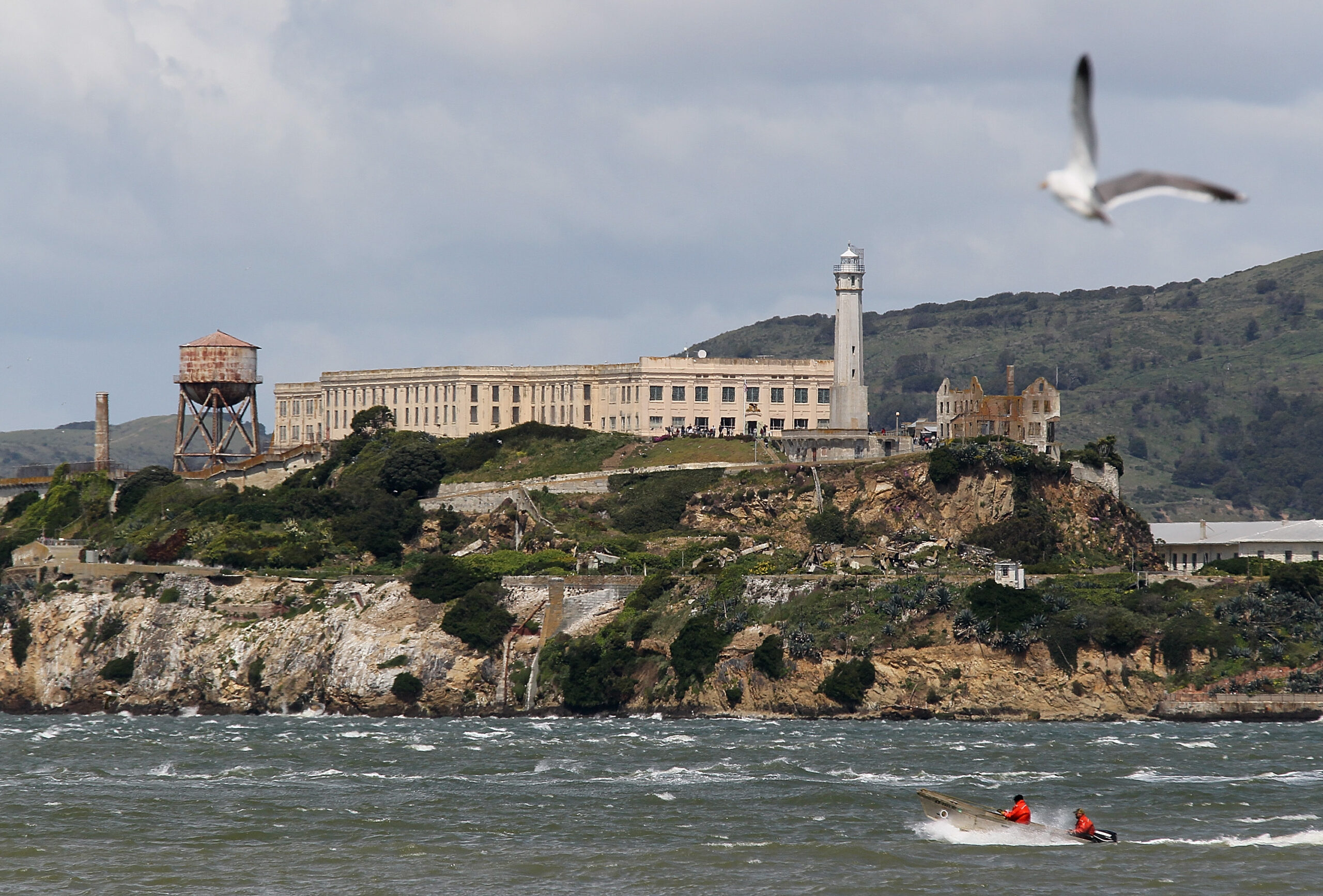

 The SlickNovember 14, 2025
The SlickNovember 14, 2025
 Latest NewsNovember 19, 2025
Latest NewsNovember 19, 2025
 Latest NewsNovember 18, 2025
Latest NewsNovember 18, 2025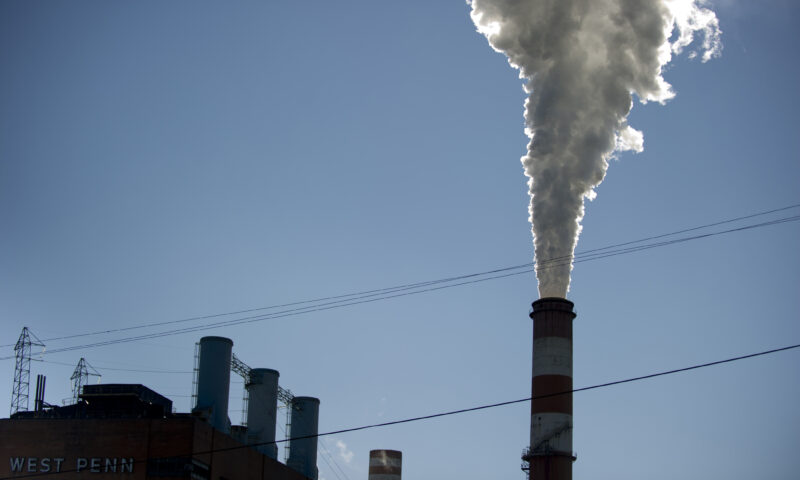
 The SlickNovember 18, 2025
The SlickNovember 18, 2025
 Latest NewsNovember 17, 2025
Latest NewsNovember 17, 2025
 Column - State of InequalityNovember 21, 2025
Column - State of InequalityNovember 21, 2025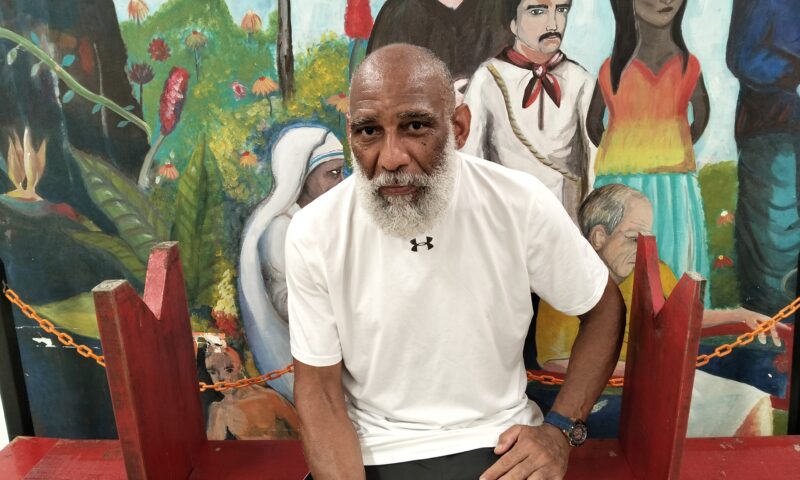
 StrandedNovember 25, 2025
StrandedNovember 25, 2025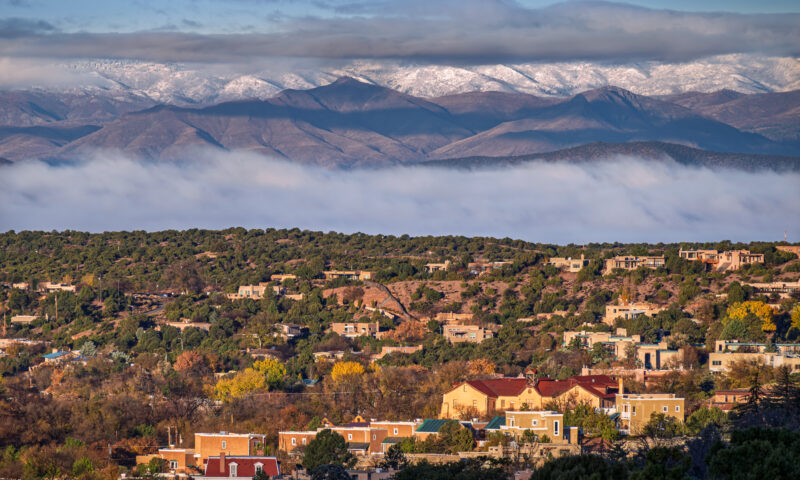
 Column - State of InequalityNovember 28, 2025
Column - State of InequalityNovember 28, 2025

